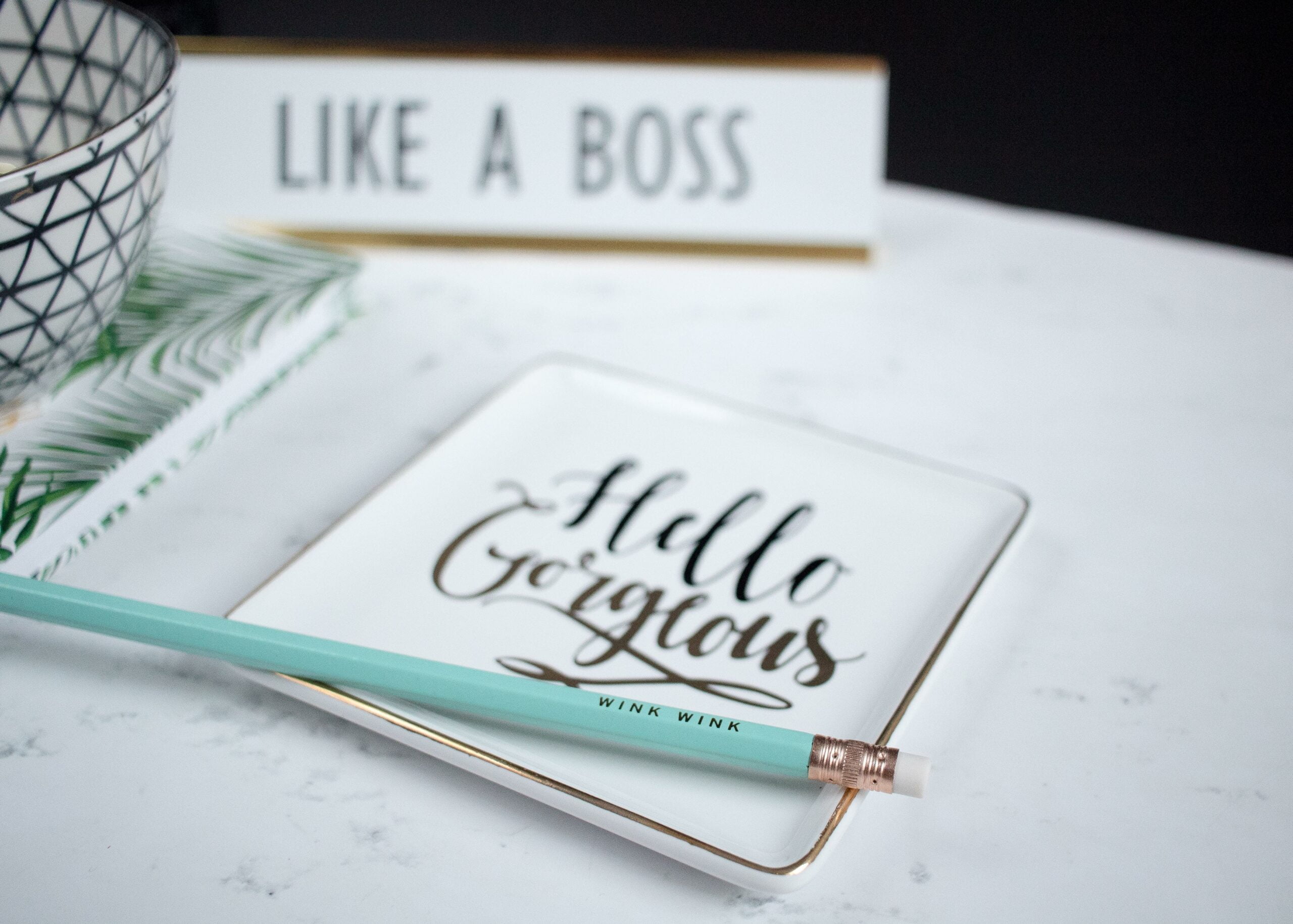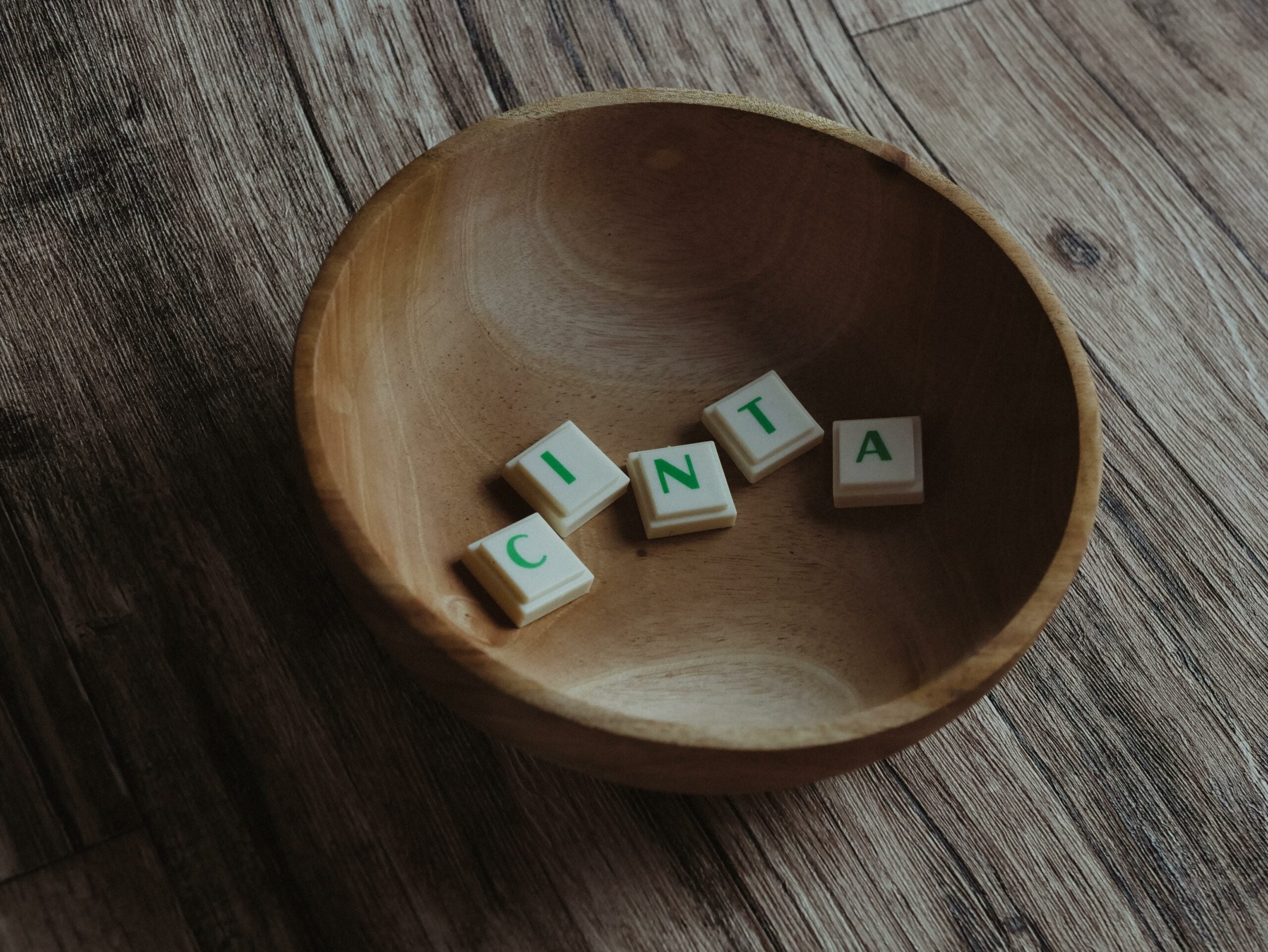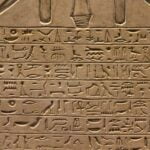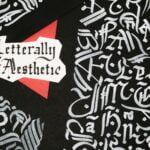Unveil the obscure marvels of the calligraphic realm in this enthralling article titled “Unlocking the Mysteries: Bizarre Calligraphy Facts Revealed.” You are invited to be astounded. Enter a realm where the craft of writing reveals the extraordinary and transcends the mundane. In my capacity as a seasoned calligrapher and authority on ancient scripts, I shall serve as your guide throughout this enthralling expedition, exploring idiosyncratic methodologies, obsolete scripts, and unforeseen applications of calligraphy. Prepare for an intellectually stimulating investigation that will bestow upon you an entirely renewed admiration for the diverse array of peculiar and intriguing calligraphy facts.

Weird Facts About Calligraphy
Calligraphy, the discipline that produces aesthetically pleasing writing, conceals a multitude of intriguing secrets. As an accomplished calligrapher, I have discovered some peculiar calligraphy facts that will astound and engross you. Let us delve into the less widely recognized facets of this enduring art form.
1. A brush constructed from animal whiskers and bamboo?
The instruments utilized in calligraphy are equally as intriguing as the art form itself. It is noteworthy that conventional calligraphy brushes were crafted with filaments derived from diverse animal whiskers and handles made of bamboo. Other animals, including mice, wolves, and hogs, all played a role in the development of these distinctive brushes. Although it may seem peculiar to consider, these unorthodox materials have been indispensable to the craft for centuries.
“From bamboo to animal whiskers, the materials used in calligraphy brushes add an intriguing element to this ancient art.”
2. A “High Art” Form in East Asian Culture: Calligraphy
Throughout East Asian history, calligraphy has been regarded with great prestige. It was even regarded as a “high art” form prior to the Tang Dynasty, surpassing sculpture and painting in significance. Calligraphy remains an art form that is held in the highest regard in East Asian nations. Owing to its profound cultural significance and historical merit, it is an exceptional and unique art form.
“Discover a different perspective on art: explore how calligraphy rises above sculpture and painting in East Asian culture.”
3. The Origins of the Early Sefardic Script in Dead Sea Writing
Historians and scholars have been captivated by the Dead Sea Scrolls for centuries. However, were you aware that the Early Sefardic script was the earliest script to emerge from the Dead Sea writing system? This distinctive script, which emerged within the Sephardic community, provides insight into an obsolete period of calligraphy. It stands as an awe-inspiring conduit to the past, ripe for investigation and revelation.
“Experience the wonder of ancient script with the Early Sefardic: a calligraphic treasure from the depths of history.”
4. A Prominent Art Form in Eastern Asia and the Middle East: Calligraphy
Calligraphy, which has been revered for centuries in Eastern Asia and the Middle East, has frequently been considered a secondary art form in the West. In recent years, there has been a notable resurgence in global recognition and interest regarding calligraphy as a significant artistic discipline. At long last, its cultural significance and intricate beauty are receiving the acknowledgment they merit.
“Witness the rise of calligraphy as it takes its rightful place among the major art forms of the world.”
5. Impressive Applications of Calligraphy Beyond the Page
The medium of calligraphy extends beyond conventional paper and ink. Unanticipated applications of this astonishing art form have been discovered in numerous fields, including architecture, textiles, and digital design. Intricate designs adorn fabrics and graceful inscriptions adorn structures; calligraphy has surpassed its traditional limitations to evolve into a multifunctional and magnificent artistic language.
“Unleash your imagination and witness the extraordinary: discover how calligraphy transcends its traditional medium to leave a mark on every corner of art and design.”
In summary, calligraphy contains an abundance of peculiar and intriguing information. Calligraphy provides a mesmerizing exploration of obscure artistic domains, encompassing uncommon brush materials and the historical significance attributed to distinct scripts. Embrace the enigmas and appreciate the aesthetic allure of this elaborate craft.
“Unveil the hidden marvels of calligraphy and embark on a captivating journey into its extraordinary world.”
Calligraphy is a fascinating art form that has captivated people for centuries. Have you ever wondered about the fun facts behind this elegant and precise writing style? Well, look no further! We’ve compiled a list of intriguing fun facts about calligraphy that will leave you spellbound. From the historical origins of calligraphy to the various techniques used by talented artists, there’s something for everyone to discover. So, why wait? Explore the world of calligraphy and uncover these fun facts by clicking here: fun facts about calligraphy.
Weird Facts about Calligraphy
Indulge yourself in the captivating world of calligraphy as we uncover some unusual calligraphy facts that will leave you in awe. Did you know that calligraphy has a rich history dating back centuries? Dive deeper into this fascinating art form and explore the strange curiosities of calligraphy. From the mesmerizing techniques to the intriguing tools used, you’ll discover a whole new level of appreciation for this ancient craft. Don’t miss out on these incredible insights; click here to unravel the secrets of unusual calligraphy facts. If you’re craving more, we’ve also curated a list of strange curiosities of calligraphy that will sharpen your curiosity and deepen your understanding of this beautiful art form. Click here to uncover the hidden wonders of the calligraphy world. Let the strokes of the pen take you on a journey like no other, where every line and curve holds a unique story to tell.
strange curiosities of calligraphy
What Your Handwriting Reveals About You
Unbeknownst to you, your handwriting may reveal information regarding your mindset and personality. Comparable to biometrics, no two individuals possess identical handwriting. This article will examine the ways in which various characteristics of one’s handwriting can serve as indicators of diverse facets of one’s personality. Therefore, gather a pen and paper, compose a sentence, and join me as I explore the intriguing realm of handwriting analysis.
The dimensions of one’s handwriting
The scale at which you write is among the most dependable indicators of personality traits in handwriting. Generally, having large handwriting signifies an outgoing and people-oriented personality. You desire to feel acknowledged and comprehended. Conversely, small handwriting may indicate that you are reserved, attentive to detail, and meticulous. Your handwriting falling within this range signifies that you possess a high degree of flexibility and adjustment.
“The size of your handwriting can reveal your level of self-esteem and self-awareness.”
The Distance Among Words
Additionally, the inter-word spacing in one’s handwriting may provide significant insights. Extensive word spacing and gaps may indicate that you value your independence and despise feeling overburdened. Conversely, constricted word spacing could potentially signify an aversion to solitude and a yearning for intimacy with others.
“The distance between two words can reflect how close or far you feel towards others.”
The Anomaly of Word Slant
One’s handwriting inclination may serve as an indicator of personal attributes and proclivities. Right-skewed writing suggests that the author is sentimental, receptive to novel experiences, and places great importance on familial and friend relationships. Conversely, individuals with a leftward slant to writing may exhibit qualities such as introversion, reticence, and a preference for behind-the-scenes labor. One who writes in a straight line is typically pragmatic, practical, and logical.
“The slant in your handwriting can convey your sentimentality or introspection.”
Perfecting Your “I”
Even the manner in which you dot your “i’s” can reveal significant information about you. The addition of a dot preceding the letter “i” signifies a vivid imagination. Placing the dot directly preceding the letter “i” implies a propensity for meticulousness, organization, and empathy. Alternating the dot with a slash could potentially signify an excessive propensity for self-criticism and a low tolerance for failure. Adding circles in lieu of dots also represents a yearning for innovation and a sense of naiveté.
“The way you dot your ‘i’s’ can reveal your level of imagination and attention to detail.”
While crossing one’s “t’s”
Further, the manner in which one crosses “t’s” may indicate particular personality traits. A crossing at the apex of the letter “t” signifies high self-esteem, ambition, and the setting of lofty objectives. Dividing in the middle signifies self-assurance and ease in one’s personal environment. Long crosses exhibit tenacity and eagerness, notwithstanding the occasional display of stubbornness. Completing duties with a lack of determination may be implied by short crosses.
“The way you cross your ‘t’s’ can reflect your level of self-esteem and persistence in achieving goals.”
Variety of Margins
The margins that you leave around your writing can reveal a great deal about your perspective and outlook on life. Regarding the past, the breadth of the left margin signifies your perspective. A narrow left margin indicates that the majority of your decisions and thoughts are influenced by past experiences. On the contrary, a substantial margin to the left signifies a readiness to transcend the past and welcome the forthcoming. The right margin similarly signifies your perspective on the future. A slender right margin indicates an openness to new ideas and a disposition that is both sociable and flexible. Conversely, a broad right margin signifies apprehension regarding forthcoming developments and a predilection for stability.
“The margins you leave can offer insights into your view of the past and the future.”
Overall, intriguing insights into one’s personality and mindset can be gleaned from their handwriting. While bearing in mind that these analyses are not absolute, they may offer insightful information about oneself. Therefore, examine your handwriting to determine what it reveals about you. Please remark on your discoveries and remember to like, share, and subscribe for additional thought-provoking material pertaining to psychology and mental health.
“Your handwriting is an individual manifestation of your disposition and character.” Invest some time in conducting a thorough analysis in order to gain further insights into oneself.”
FAQ
To what does calligraphy refer?
A: Calligraphy, which originates from the Greek words “Kallos” for beauty and “Graphein” for writing, is the craft of producing aesthetically pleasing writing. It is regarded as a significant Middle Eastern and Eastern art form.
Who is regarded as the progenitor of contemporary calligraphy?
Edward Johnston is widely regarded as the progenitor of contemporary calligraphy.
Who is regarded as the preeminent calligrapher globally?
A: American calligrapher Maureen Peter is regarded as the preeminent calligrapher in the world.
In the past, which substances were utilized in the fabrication of calligraphy brushes?
One example of the materials used to construct the body of the brush was bamboo. For the whiskers, hair obtained from mice, wolves, hogs, and other animals was utilized.
What is the cultural significance of calligraphy in the Middle East and Eastern Asia?
A: Calligraphy is considered sacred in East Asian and Middle Eastern societies to be superior to all other artistic expressions, including painting and sculpture.
- Senior at What Age: Benefits & Eligibility Guide - March 29, 2025
- Unlocking Senior Benefits: How Old is a Senior? Your Complete Guide - March 29, 2025
- Master Russian Politeness:A Guide to Saying Please - March 29, 2025
















